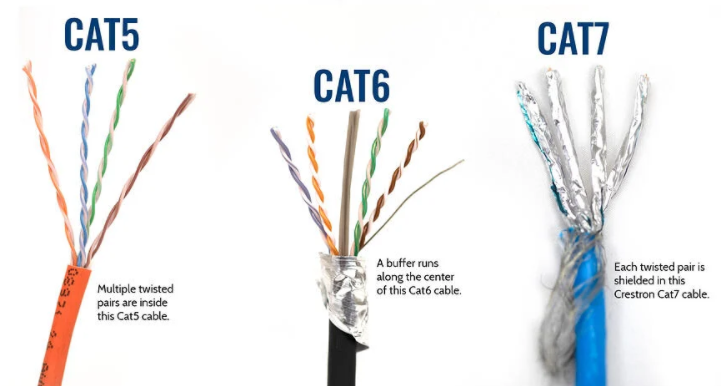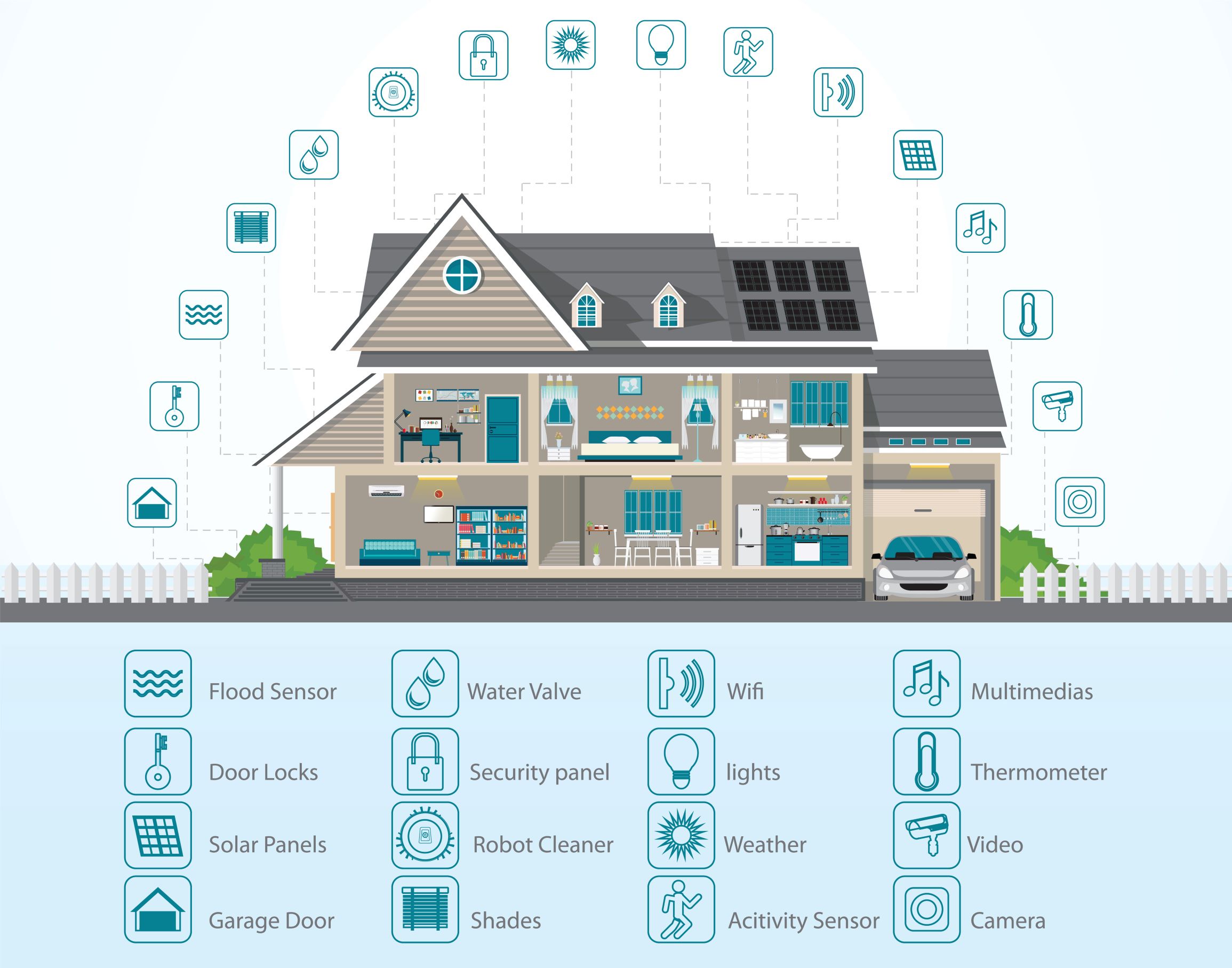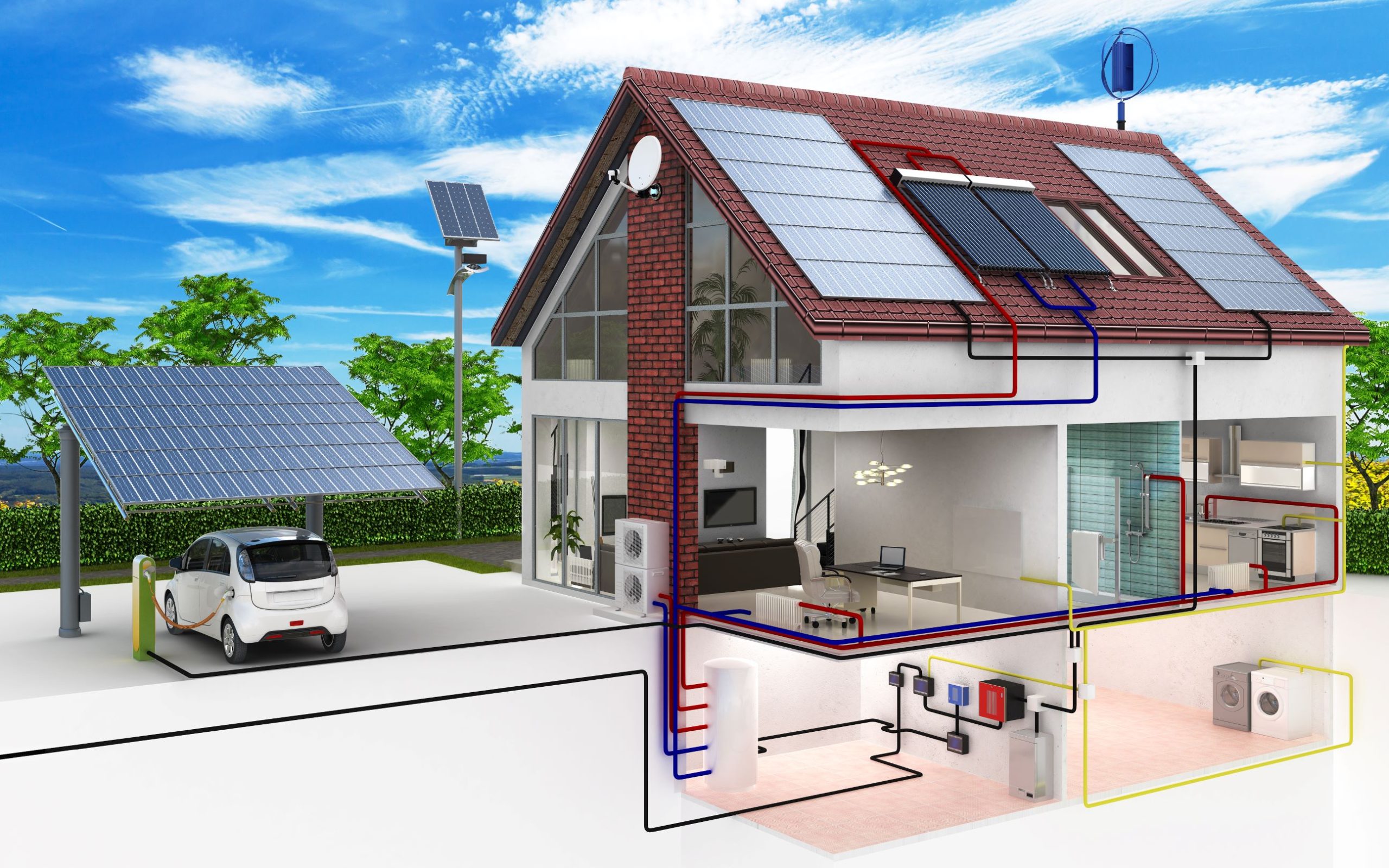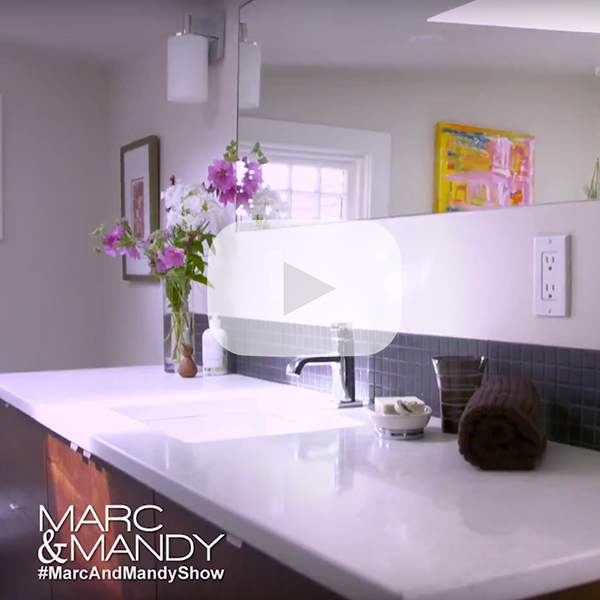There’s no fighting it. Technology and its integration into our homes is already here, and it’s never going away. How much of it is gimmicky? On our podcast, All Things Renovation, we interviewed Mike Chorney, the president of La Scala Integrated Media, to learn more about smart homes.
What are all the elements that a homeowner should consider?
Consider working with a company that knows all the components that you need to accomplish what you want. They will find out what you are trying to do and will guide you through the process. How do you use your home? Are you transient and travel a lot? Do you want to have access to cameras to track your children or package deliveries? Do you entertain a lot and want special lighting and sound systems. Another point to consider is that with the pandemic, a lot of people have been working at home. Dining room table offices are not typically engineered to be highly efficient workspaces!
If you think about cars, power windows used to be a luxury feature, but now even the base models come with that feature. The same idea will happen with houses. What is new, more expensive technology will become the norm for houses that are built in the future.
At what stage in a reno or new build should you start designing your systems?
The earlier the better. How do you want the house to flow from a useability standpoint? There are also electrical requirements for everything to work. Adding it on after the electricians have made their plans might force you to have to compromise what you get. The components of the systems also need a place to live so these have to be designed and incorporated into the building plans. Some might also need cooling and venting systems.
What are the pros and cons of wired vs wireless (Wi-Fi) systems?
Wired systems are always better than wireless systems. If there is an opportunity to wire anything, there are higher rates of data transmission and they are more reliable. Obviously they are not good for mobile solutions.
Networking and Wi-Fi is continually getting better, but the success of all the products that you connect wirelessly will depend on the quality of the Wi-Fi system in the home. All the little gadgets that you buy and hook up will put a greater demand on the system. You may end up frustrated that they aren’t working the way that you want them to.
How do you create a better Wi-Fi system?
Most people have one Wi-Fi antenna in the house. So the first thing to look at is the coverage.
Do you need to add more Wi-Fi access points to increase the coverage? There are different grades of access points available, based on the coverage “heat map” and the number and type of devices that are using them.
Types of Cable
Category 5 (Cat5)
A twisted pair cable that is typically used for computer networks, video and telephone. Transfers 350 Megahertz of data, which is not enough to adequately pass a proper 4K signal. It will be compressed instead.
Category 6 (Cat6)
This cable can pass 550 Megahertz of data, which is a significant increase in bandwidth, with an insignificant cost increase.
Cat6 Shielded
Extra layers on the cable mean that there is less interference and crosstalk, so it transmits more accurately in situations where there a lot of other network cables around. Increased signal integrity means increased bandwidth is available.
Category 7 (Cat7)
A shielded cable that transmits very fast and is often recommended for smart homes.

Cable Comparison
How is integration/automation helping to reduce our energy consumption?
LED lights use significantly less wattage than incandescent bulbs. A lot of the devices that we are integrating into our homes actually turn off the power when they aren’t needed. Power can also be diverted in the system if there is a dip in the power draw, to ensure that devices like your fridge or freezer get more energy than a heated towel bar for example.
We are lucky to have relatively cheap and abundant power in Canada. In the United States, they have peak periods called “power rush hours”, and the rate that they are charged to use power during these periods is quite high. With an intelligent home system, we can set up a program called “load shedding” that will allow or disallow items to be used during those times. Alternatively it can defer to pull power from a reserve like a battery or solar-powered bank.
Passive House design
Passive house design aims to build houses that are comfortable and environmentally friendly, that take advantage of sunshine, shade, and ventilation rather than relying on air conditioning and central heating. They are built to be airtight and have lots of insulation, quality windows, and no thermal bridging (heat is lost through a material that is more conductive than those around it.
LED Lighting
Colour
The colour of lighting can vary greatly between manufacturers, even if they are labelled the same. Tunable lighting allows you to adjust the colour temperature of a lightbulb to match others in a room. The hues can also be adjusted to accent items such as works of art.
Circadian Rhythm lighting
Your circadian rhythm is dictated by the sunrise, midday sun, and sunset. Our exposure to the different light levels triggers different hormones in our bodies (serotonin to wake up and work, and melatonin to relax). By bringing lighting elements mimic natural light changes into our homes, we can induce these hormones and reap health benefits.
Up and coming options for Smart Homes
- Devices that smell the air quality in the home and trigger air exchange if bad smells or viral activity are detected
- Voice activated devices using a common, casual language that detect trigger words, rather than the consumer having to learn specific voice prompts.
Garage Integration for Electric Vehicles
Wi-Fi access points in the garage are one item that is often cut from the budget by homeowners. However, electric vehicles need to receive regular software updates and send data back to the manufacturer. They also provide a bank of idle stored energy that a home can tap into to smooth over some of the bumps in power usage.
To listen to the full episode and read the show notes, visit www.AllThingsRenovation.com or click on the Podcast tab at the top of our homepage at www.woodbeart.com.





